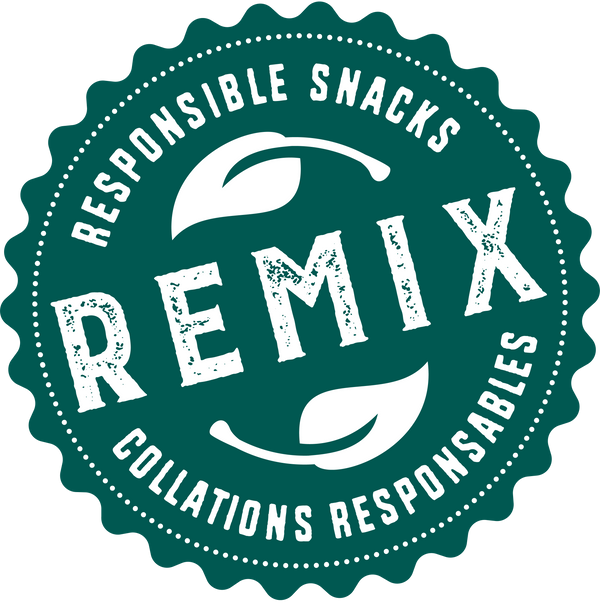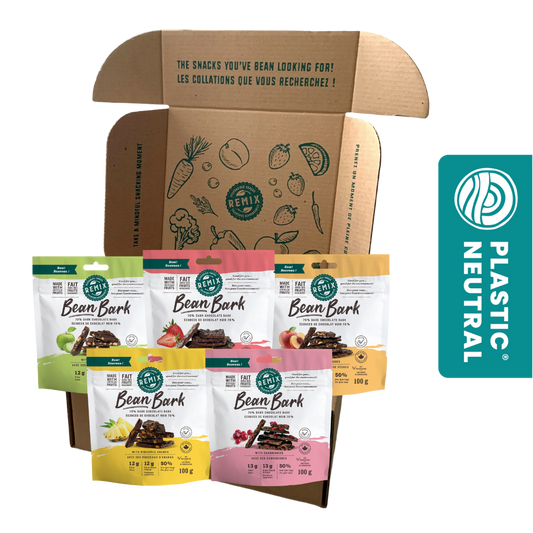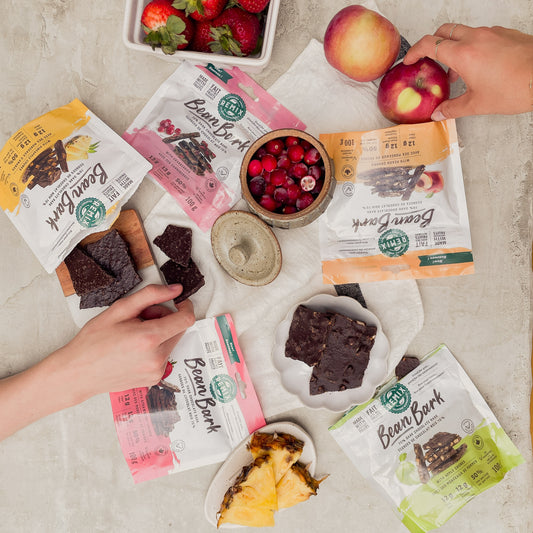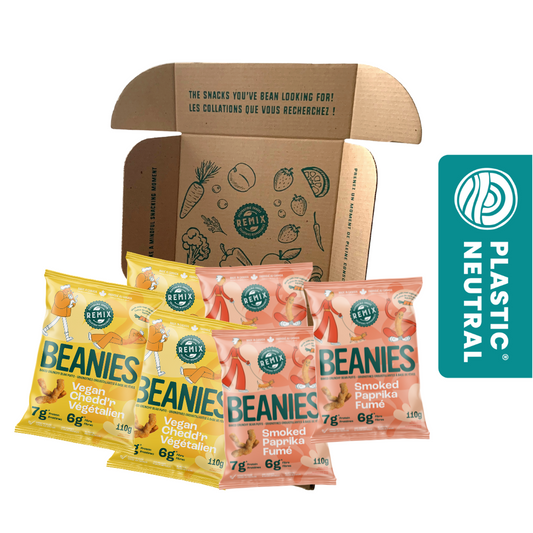
What waste are you producing?
Your household waste can range from banana peels to aerosol cans to cleaning products. An important category of waste that is a growing concern is food packaging waste, which includes plastic containers, utensils, and bags. Understandably, the creation of plastic and packaging has provided abundant convenience to our day-to-day lives as they offer both protection and easy disposal of food (1).
On the contrary, the emergence of environmental damage and opposition as a threat towards several ecosystems are the consequences of use of plastic and packaging waste. Plastic waste is very difficult to destroy and is not biodegradable. Thus, roughly 60% of the plastic produced accumulates in landfills or the natural environment (2).
Fun fact: Only 10% of the used plastic in Canada is recycled (3).
How does your plastic waste affect the environment?
Plastic waste has taken over the litter found in beaches as well as water bodies. This continual accumulation has damaging effects on the ocean’s ecosystem as marine animals ingest these plastic wastes and their residuals (4). Furthermore, the fishing and tourism industry suffer the consequences of plastic waste accumulation as they cause navigation hazards.
A significant amount of our plastic and packaging waste is disposed of in landfills. However, we must remember that landfills have limited space, and having an overflow of waste pressures the waste-management system around the world (5). Furthermore, the continual accumulation of plastic waste in landfills also contributes to the increase in greenhouse gas emissions.
Lastly, increasing the demands of plastic and packaging waste strips resources from the earth that may be more functional in other areas. Plastic can be created from natural resources such as crude oil. With a higher demand for plastic and packaging, deforestation and oil and gas leaking will continue to take over.
Ways to reduce your own waste
- Bring your own reusable bottle when you go out-- This will limit your need to buy plastic bottles and reduce their disposal into the oceans that threaten the health of marine animals.
- Use recyclable bags to do your groceries -- Simple but effective. Ensuring to store recyclable bags in your car for your shopping or grocery trips will significantly reduce the demand for plastic bags.
- Refuse plastic cutlery -- Having a set of cutlery on-the-go can help save the earth from unnecessary plastic every day.
- Refuse using glitter in households and schools -- Glitter is made from very small plastic that ends up within our food chain as fish and shellfish ingests them as they accumulate in our oceans.
- Buy in Bulk -- Not only is it economically beneficial but buying bulk items eliminates small, single-serving packaging.
- Make freshly squeezed juice instead of bottled juice -- A healthier and eco-friendlier alternative for your daily juice fix.
- Purchasing products that are eco-friendly -- Like Remix snacks’ healthy chocolates, there are many other food products that do not pollute our environment while satisfying all your cravings!





